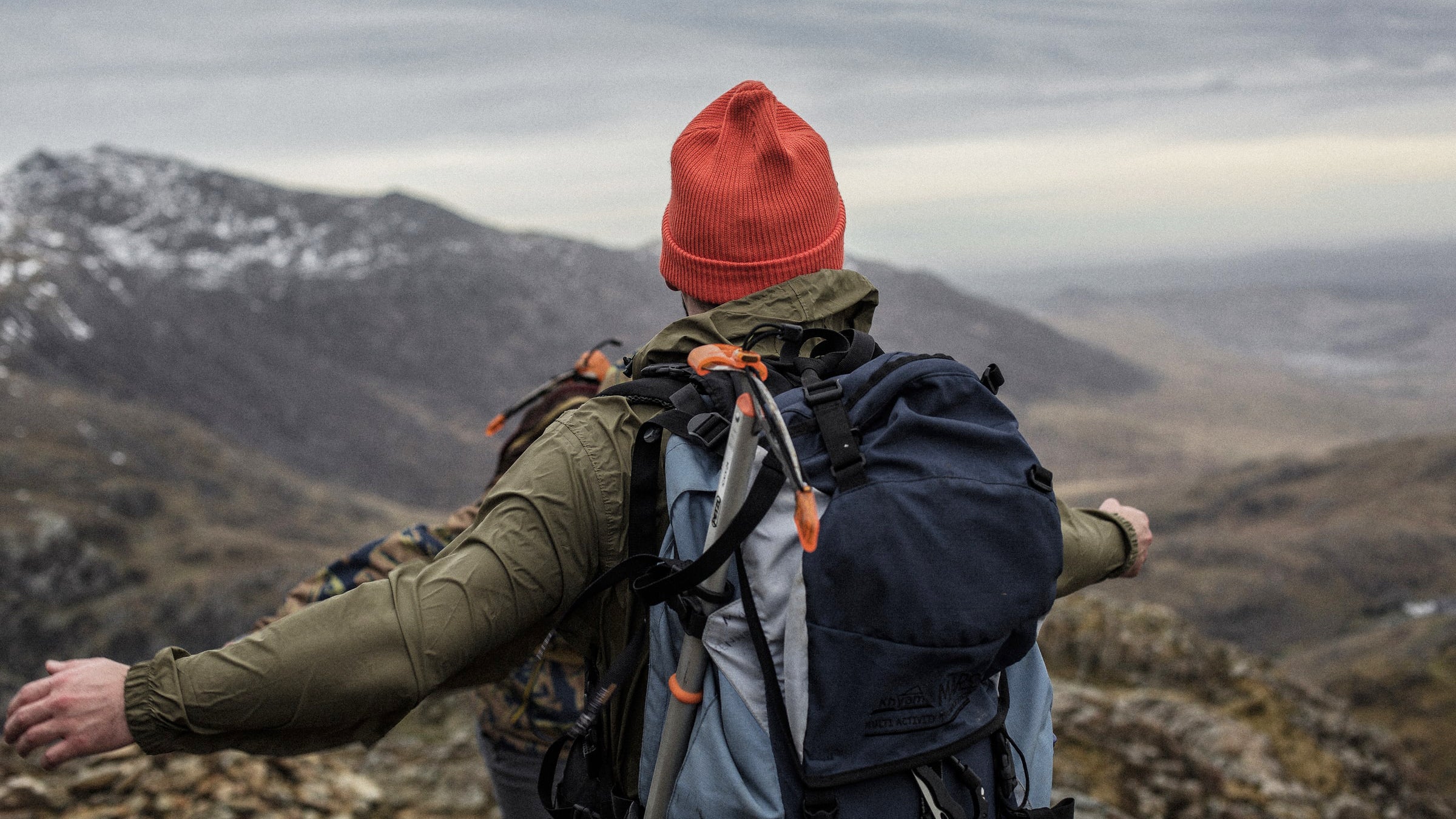5 Unexpected Things That You'll Always Find in a Mountain Guide's Backpack

(Photo: Christopher Burns)
We’ve all heard of the ten essentials, but in more than a decade of working as a mountain guide, I’ve learned that the things that save a trip aren’t always what you’d expect. From conveniences to mission-essential repair kits, there are a few unexpected things stashed alongside our compasses and emergency bivies. Here are five of my favorites.
Repair Kit. This is hugely important, particularly on multi-day trips: if your gear quits, you’re in big trouble. I start with $7 for 100 on Amazon), and I use them for pills of all kinds — ibuprofen, altitude meds, Dramamine, Benadryl, et cetera. On longer expeditions, especially in places where I might not have access to fresh food, I’ll also pre-make myself a pack of vitamins to take every day, including a multivitamin, fish oil, a probiotic, and spirulina. Before I left for Everest, I made 75 vitamin pouches, and enjoyed watching my stash slowly dwindle.
Whole food. Protein bars, powdered drink mixes, and energy gels all have their place — but the more time I’ve spent in the field, the more I realize how much better my body performs when I eat whole, unprocessed foods. They don’t need to be fancy, and often they’re not much heavier than the high-tech stuff. I carry cold pizza, tortilla wraps with cheese and hummus, string cheese, even cold pasta in an airtight container. When I’m on a multi-day expedition, I’ll bring one of those salad-in-a-bag kits from the grocery store to eat for the first night’s dinner — if you pop the bag to let out the extra air, you can save on space, too.